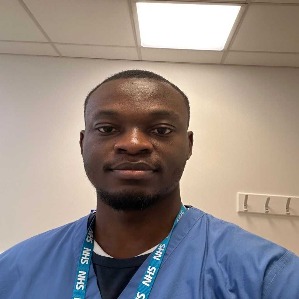Title : Diagnostic accuracy and cure rate of ultrasound and sestamibi in preoperative localisation for patients with primary hyperparathyroidism a single centre retrospective study
Abstract:
Primary hyperparathyroidism is a common endocrine disorder defined by abnormally elevated levels of parathyroid hormone associated with hypercalcemia. It is the number one cause of hypercalcemia in the community, with a prevalence of 0.84% and an incidence of 4 to 6 per 10 000 person years. Solitary adenomas account for the highest cause of primary hyperparathyroidism. Parathyroidectomy is the recommended treatment for symptomatic patients, with contemporary surgical approach and minimally invasive surgery made possible by preoperative imaging. Preoperative imaging has been shown to reduce the burden of treatment in terms of complications, with improved recovery time and cost. Ultrasound and parathyroid scintigraphy are widely used to localise candidate lesions preoperatively as single modality or in combination. We collect data on 316 patients who underwent parathyroid surgery for suspected primary hyperparathyroidism over 9 years at our single centre and investigate the utility of sestamibi as an adjunct to ultrasound in resulting in cure of primary hyperparathyroidism. Image guided focused parathyroidectomy results in superior cure rates in patients with primary hyperparathyroidism. In the practice of this centre, ultrasound conducted by specialists in the identification of parathyroid candidate lesions has predicted a high rate of all cause cure and cure where histology is concomitant with ultrasound findings. We are unable to show that parathyroid scintigraphy as an adjunct to ultrasound significantly improves cure rates. Patient groups at a high risk of operative failure include those undergoing reoperation, those without positive ultrasound or parathyroidectomy scintigraphy findings and those with concomitant thyroid pathology. In these patients, further imaging with 4dCT might be considered based on early findings where such imaging has delineated candidate lesions in further detail useful in preoperative planning.



